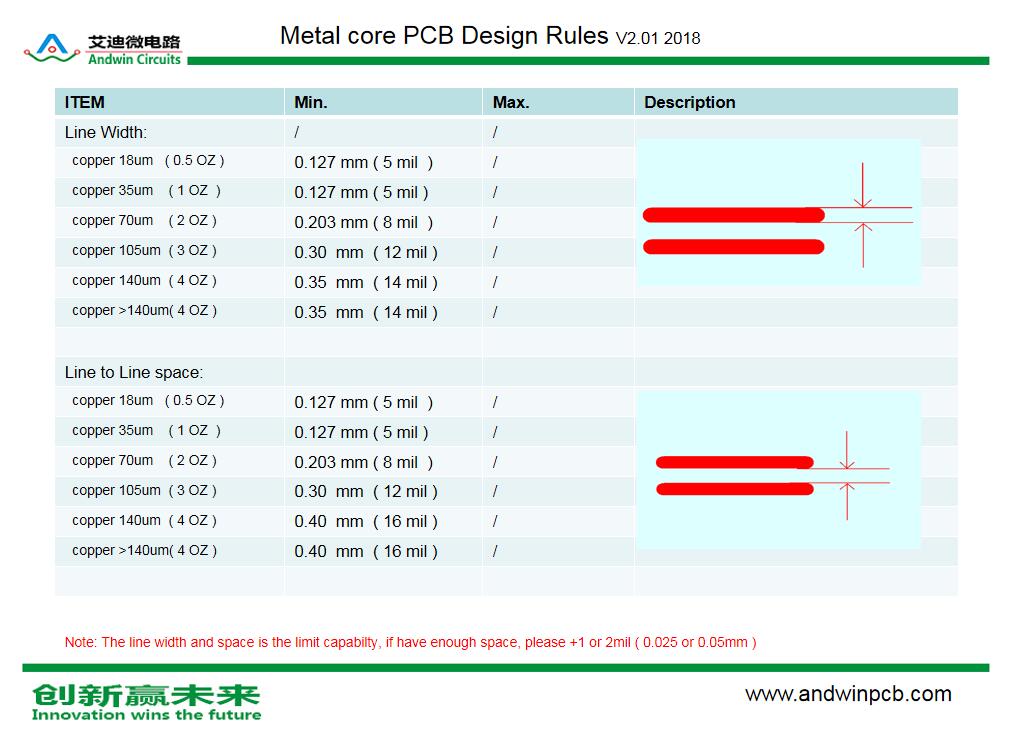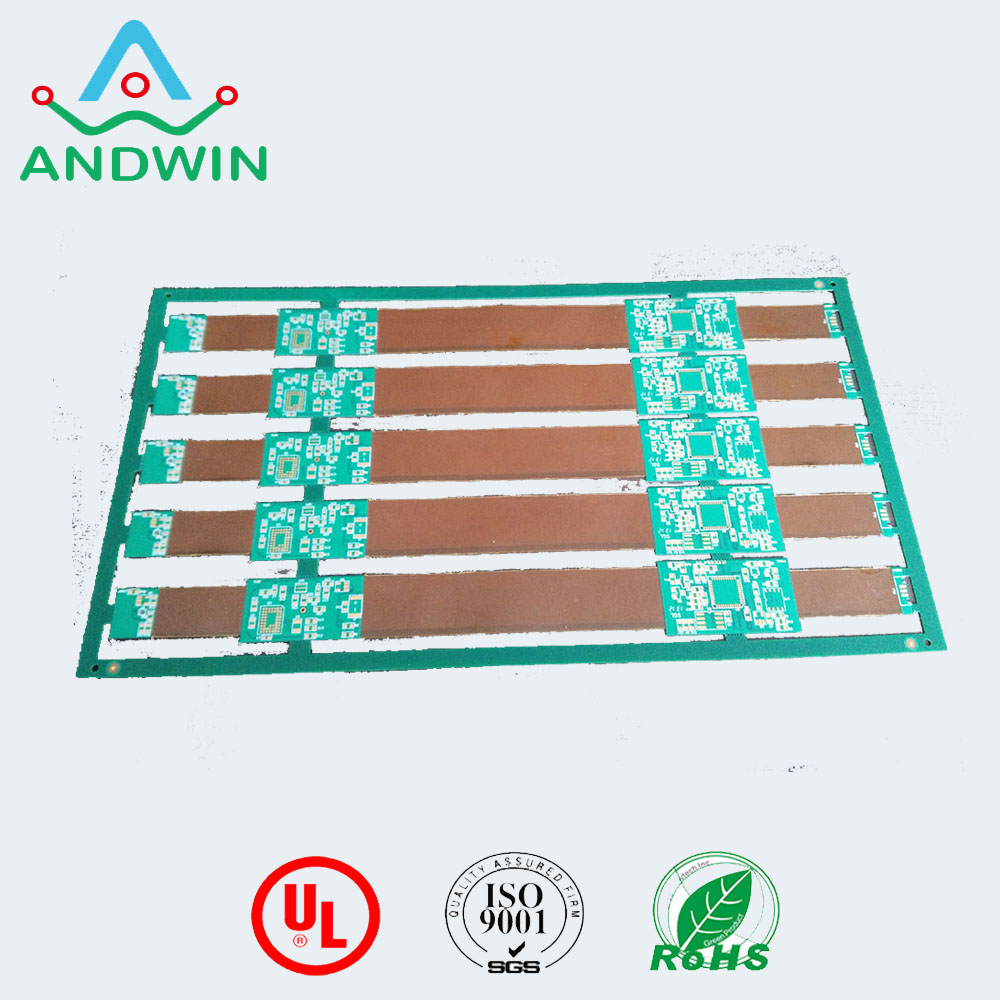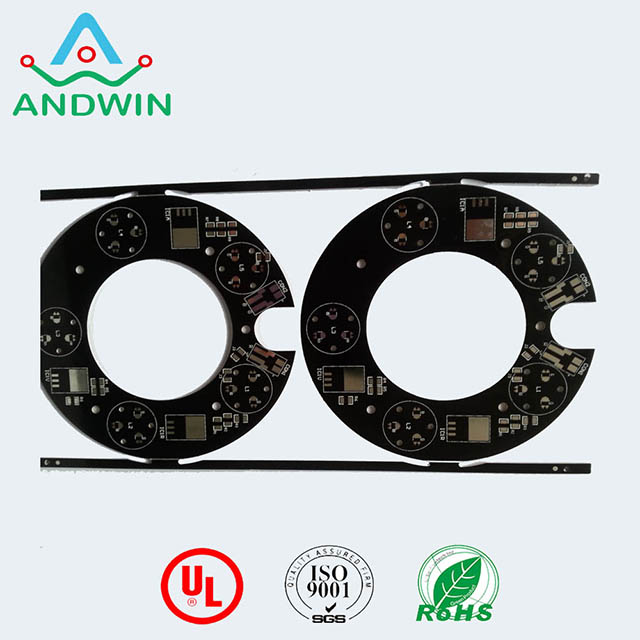Aluminum pcb led
Aluminum PCBs are known for their excellent thermal conductivity,
which makes them ideal for use with high-power LED lights that generate a lot of heat.

The aluminum material helps to dissipate the heat away from the LED,
which helps to prolong the life of the LED and improve its performance.
Aluminum PCB LED is commonly used in applications such as automotive lighting, street lighting, and industrial lighting.

Types of aluminum substrate light-emitting diodes
There are several types of aluminum substrate light-emitting diodes (LEDs), including:
1. Single-layer aluminum substrate LED: This type of LED has a single layer of aluminum substrate and is commonly used in low-power applications.
2. Double-layer aluminum substrate LED: This type of LED has two layers of aluminum substrate and is used in medium-power applications.
3. Multilayer aluminum substrate LED: This type of LED has multiple layers of aluminum substrate and is used in high-power applications.
4. Metal core printed circuit board (MCPCB) LED: This type of LED has a metal core, typically made of aluminum, with a layer of insulation and a layer of copper on top. It is used in high-power applications where heat dissipation is critical.
5. Flexible aluminum substrate LED: This type of LED has a flexible aluminum substrate and is used in applications where the LED needs to be bent or shaped.
6. Ceramic substrate LED: This type of LED has a ceramic substrate, typically made of aluminum oxide, and is used in high-power applications where thermal conductivity is important.

Materials for Aluminum Substrate Light Emitting Diodes
Aluminum substrate light emitting diodes (LEDs) typically require the following materials:
1. Aluminum substrate: The substrate is the base material on which the LED is built.
Aluminum is a popular choice due to its high thermal conductivity and low cost.
2. Epitaxial layers: These are thin layers of semiconductor material that are grown on the aluminum substrate.
The epitaxial layers determine the electrical and optical properties of the LED.
3. P-type and N-type dopants: These are impurities that are added to the epitaxial layers to create regions of positive and negative charge.
This creates a p-n junction, which is the basis of LED operation.
4. Metal contacts: These are used to connect the LED to an external circuit.
Typically, a thin layer of metal such as gold or silver is deposited on the top and bottom of the LED.
5. Encapsulation material: This is a protective layer that covers the LED and provides mechanical and environmental protection.
Common encapsulation materials include epoxy and silicone.
6. Optical materials: These are used to enhance the light output of the LED.
For example, a phosphor coating can be added to convert blue light into white light.
7. Packaging materials: These are used to package the LED into a usable form, such as a surface-mount device or a through-hole package. Packaging materials can include plastic, ceramic, or metal.







